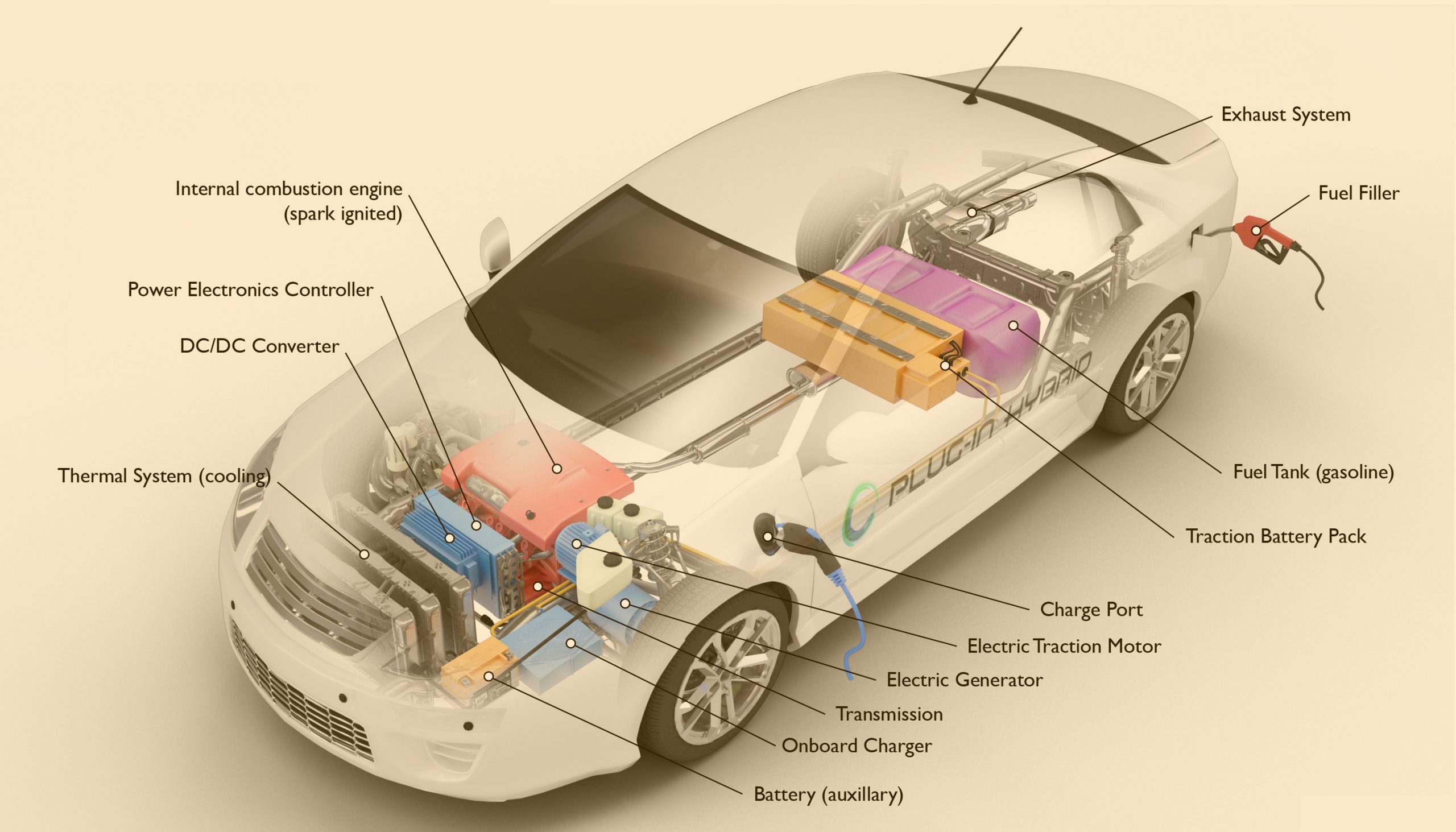
Hybrid cars are all the rage right now. In Australia, hybrid car sales tripled between 2020 and 2021 – and they’re only going to increase in popularity. Though they still only make up less than 2% of new car sales, more and more car manufacturers are producing hybrids, meaning more and more people are going to jump on that hybrid bandwagon.
And good on them for doing so. Hybrids save you money on fuel, and are a greener way of getting from A to B.
But not all hybrids work the same, so if you’re thinking of investing in a hybrid car, you should know the different types and how they work. Here’s your detailed guide to understanding the different types of hybrids.
Hybrids vs fully electric cars
The key difference between hybrids and fully electric cars is that hybrids use petrol in some way or another, whereas fully electric cars don’t. An example of a hybrid is the classic Toyota Prius, while a common fully electric car is the Tesla Model 3.Full hybrid (FHEV)
The full hybrid EV is the most common type of hybrid. It can be driven using electric power, combustion or a combination of the two. It can solely run on electric power, but only for a short distance before needing to use the petrol motor – most of the time, you’ll use a combination of electric and combustion to power the vehicle.The electric battery in a FHEV is charged using the combustion motor, which is different to plug-in electric vehicles (PHEVs), discussed later in this post.
Plug-in hybrids (PHEV)
Plug-in hybrid electric vehicles (PHEVs) are a newer type of battery-powered car. Their batteries can be charged by plugging a power source, usually at home or at a public charging station. The big benefit of this is that you can charge the car overnight at home and commute to work without having to use the combustion motor, saving you money and reducing your environmental impact immensely. PHEV batteries typically have a range of about 30-50kms from full, which is enough for a standard commute to work for most Australians. When going longer distances, you’ve got a petrol motor to support you.Mild hybrid
Mild hybrids aren’t able to drive under electric power alone; their electric battery is only used to assist driving capabilities of the car. Though this may not seem like much of a pay off at first, mild hybrids can reduce your mileage and cut emissions.Range-Extender or REX hybrid car
The final category of hybrid EV is the Range-Extender or REX hybrid car. These types of hybrid only use the combustion motor to charge the battery, and aren’t ever used to power the wheels.Thinking of getting your hands on one of these amazing hybrids? Talk to the team at Carbroker.com.au. They use their database of over 2000 car dealerships to find you the best car at the best price. The experts at Carbroker work for you: they aim to save you money and find you your dream car for less. Get in touch with their team today.
